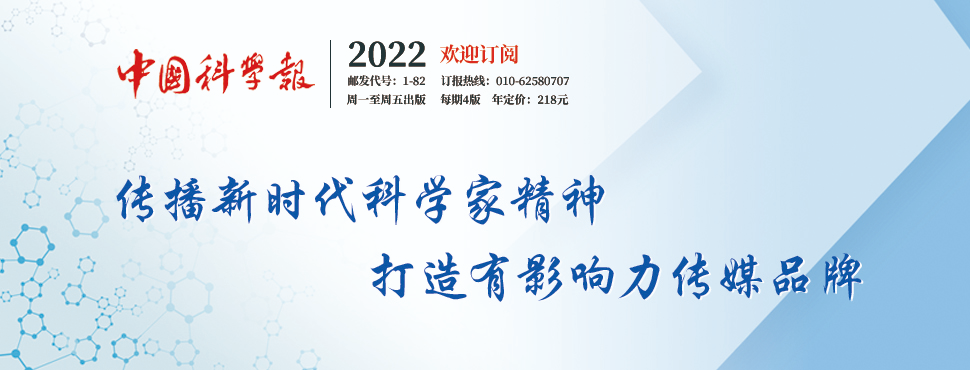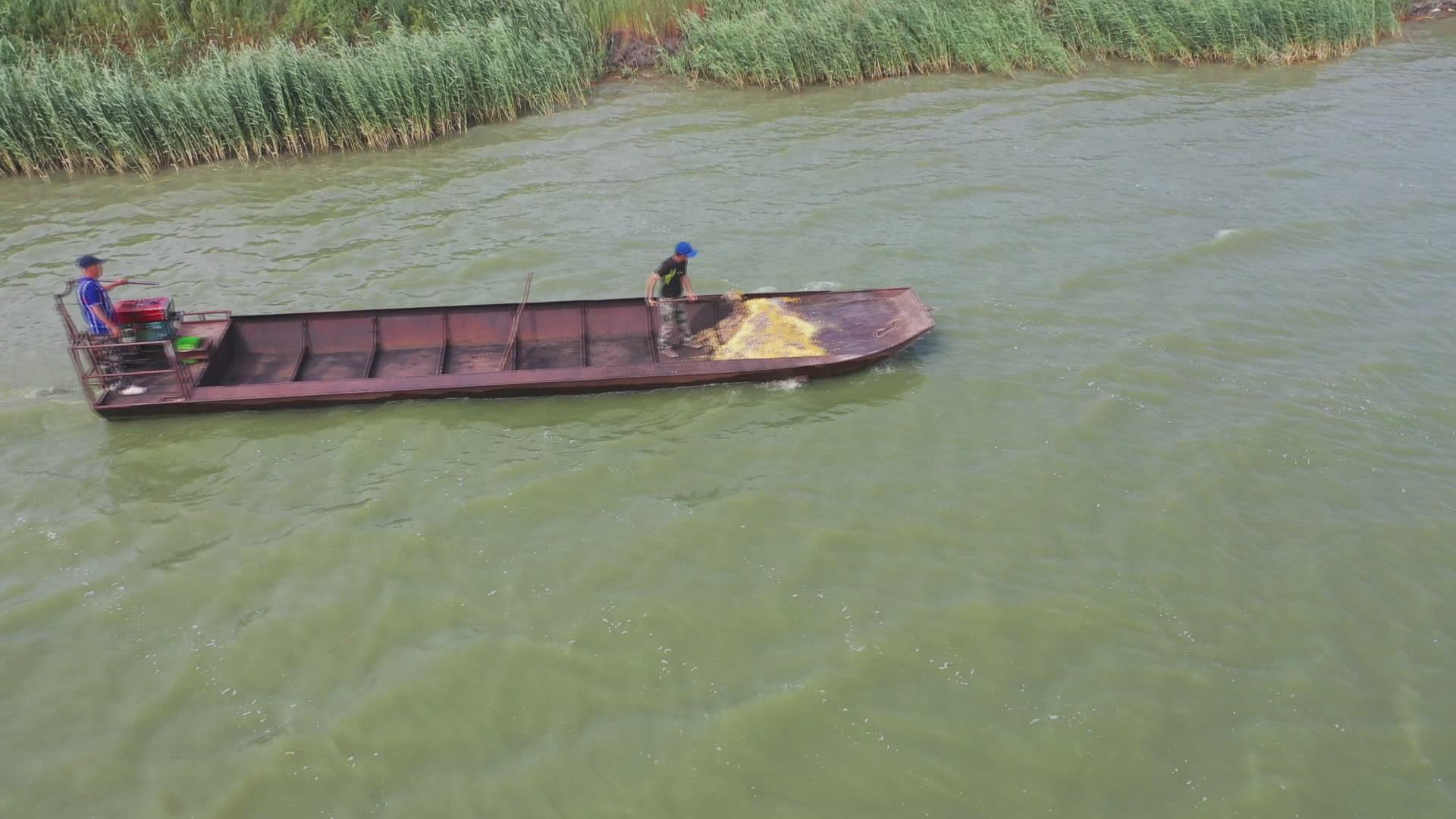The achievement of Chinese scientists allows Nature to use the "fast channel"
Author:Journal of China Science Time:2022.08.03
Text | "China Science News" trainee reporter Wang Min
Why do sunflowers always go to the sun? In the plant, there is a substance called the elevin. Like the growth hormone in the human body, it is responsible for conveying information to cells and directing the growth and development of plants.
Affected by the light, the growth of the vitamin will be transported from the sunflower stem to the light side to the backlight side to generate concentration differences.
As a result, the backlight will grow faster, while the light side is slower, and the flower plate of the sunflower naturally faces the sun.
The transportation of growth is the "porter" on the cell membrane -the assistance of the transit protein. The very important member of which is responsible for the PIN family protein that is responsible for moving the vitamin from the cell to the outside cell. What do these "porters" look like? How did you work?
On August 2nd, "Nature" published the major progress of the plant growth mechanism of the Chinese University of Science and Technology (hereinafter referred to as the Chinese University of Science and Technology) in the form of "fast channel" (hereinafter referred to as the Chinese University of Science and Technology).
The study revealed the three high -resolution structures of the member of the "porter" of the "porter" of the growth of the "porter" and it combined with the inhibitors NPA (also known as grass (also known as grass), and the body's IAA, and explained the PIN1 "handling" through functional analysis. The mechanism of growth is provided for understanding the regulation of plant growth for transportation, as well as the design and development of agricultural herbicides and growth regulators for agricultural protein in PIN family protein.

Sun Linfeng (right) and engineers Gao Yongxiang transferred samples between 300KV electron microscopy. Photography of Dai Rui
Scientific issues that need to be solved urgently
As the first plant hormone to be discovered, growth is almost involved in each process of plant growth and development regulation, such as embryonic development, lighting, and gravity growth. A significant characteristic of growth is that its inter -cytoplasm is directed, known as polar transport, and the PIN family protein plays a key role in it.
Specific PIN family members have the characteristics of asymmetric distribution on cellular membranes, and their distribution position determines the direction of "handling" of vitality.
However, due to the lack of fine three -dimensional structures, the mechanism of PIN family protein specific identification and transfer of growth has been unknown.
NPA is an polar transport inhibitor that has been widely used in laboratories before, and it is also one of the earliest chemical small elements in agricultural production as a chemical small molecule for herbicides.
It can directly target the PIN family protein, but the mechanism of exerting its role is unclear.
Sun Linfeng said that analysis of the three -dimensional structure of PIN family protein is a scientific issue that needs to be solved in the field of growth.
The disclosure of this structure not only helps to understand the "handling" process of growth elements, but also based on these structures, which is conducive to researchers to find small molecules inhibitors for the PIN family protein. Agent and growth regulators are applied to agricultural production.
In the study, Sun Linfeng's team chose a classic and earliest member of the PIN family in the PIN family -Arabili Miski PIN1 protein as the research object.
"Three steps" reveal the PIN1 protein structure
"In the first step, we need to confirm that PIN1 protein can transport growth." Sun Linfeng said that the team spent more than a year and built a new, radioactive isotopic function detection system The "handling" activity, as well as the process of being activated by kinase and being suppressed by NPA.
The second step is to express and purify the PIN1 protein. "Simply put, it is a protein sample that needs to obtain a sufficient amount of structural analysis."
Sun Linfeng said that this is the most difficult step, because PIN1 protein has a very low content in the plant and cannot meet the experimental needs. Therefore, it is necessary to use other cell expression systems to enrich the protein.
In fact, from the establishment of a team in 2017, this subject research, until 2021, in the past 4 years, they have been exploring conditions such as different expressions and purification, frozen sample preparation.
"We go to the laboratory very early every day to start working. We hope to optimize the protein with good nature early and speed up the experimental progress, so we are often too busy to drink water."
Yang Zhisen, the first author of the paper and a doctoral student of the Ministry of HKUS of China, said that in the end, they successfully obtained high -quality samples using the mammalian expression system.
The third step is to resolve the protein structure with a single particle reconstruction technology. "Frozen electron microscope is equivalent to the" photographer 'of protein molecules. It can take the protein from different angles to the protein, and then use these two -dimensional photos to reconstruct the three -dimensional structure. "Sun Linfeng made an analogy.
"Frozen electron microscope data collection is used by the China University of Science and Technology and the Institute of Biological Physics, the Institute of Biological Physics, the Institute of Biological Physical Physics. Structure research provides 'sharp tool'. "Sun Linfeng said.
But PIN1 protein is "unstable" and the molecular weight is small. How to make them "bigger" and maintain a relatively static state? The team cooperated with the Li Shenfan team of the Molecular Innovation Center of the Chinese Academy of Sciences to screen the nano -antibody that targeted PIN1 protein, and for the first time revealed the three -dimensional structure of the classic PIN family protein members.
Proposal to the PIN family protein transportation growth model
In this study, the team further analyzed the composite structure of PIN1 and the growth of NPA and the NPA inhibitors, revealing how the PIN1 protein "loaded" the vitamin, and the NPA "dove occupy the nest" to block the elevation of the element " The whole picture of "handling". On the basis of the above research, the team used the functional detection system of the built to verify the role of some important amino acid positions found in the structure, and proposed the model of the PIN family protein transportation renovation.
From the establishment of the team in 2017 and the study of this subject to published a paper in "Nature" in 2022, 5 years have passed. "During this period, we have undergone countless failed attempts. Fortunately, everyone has not given up." Sun Linfeng said.
Compared with the research process, the paper submission is relatively smooth.
"In January of this year, we contributed to" Nature "and received the first round of reviews in February." Sun Linfeng said that this speed was faster in the submission, and the reviewer gave positive evaluations.
The first reviewer commented: "We should congratulate the author for getting an important structure of this series of PIN1 protein.
In the field of botanical physiology, the importance of the transportation of growth is self -evident. This series of structures obtained by the author have made important contributions to how we understand how the growth of the elevin IAA is recognized and transferred by PIN. "
The second reviewer commented: "This study is a pioneering discovery, the result of the prevailing of colleagues engaged in the research of growth of growth."
In accordance with the opinion of the reviewer, the team issued a modified version in June; after a round of "fine carving", it was officially accepted by "Nature" on July 25.
Sun Linfeng said that in the next step, the team will continue to study the dynamic transportation process of PIN1 protein, capture the three -dimensional structure in different states, and further study the mechanism of PIN1 protein being activated and regulated by phosphorylation, and understand more deeply. Mechanisms.
At the same time, based on three -dimensional structural design, chemical small molecules are screened, and they are trying to find more safer and effective herbicides or plant growth regulators to better serve agricultural production.
Related thesis information:
https://doi.org/10.1038/s41586-022-05143-9
"China Science Journal" (2022-08-03 The first edition of the original title "Plant Growth" Portrait "First Show True")
not
Edit | Zhao Lu
Capture | Guo Gang

- END -
Real Estate high -quality river crabs in Datong District, Daqing City are about to go public

Wenxi Public Security Traffic Police actively carried out publicity campaign "Safety Production Month"

June this year isThe 21st national Safety Production MonthTheme isObserving the fi...